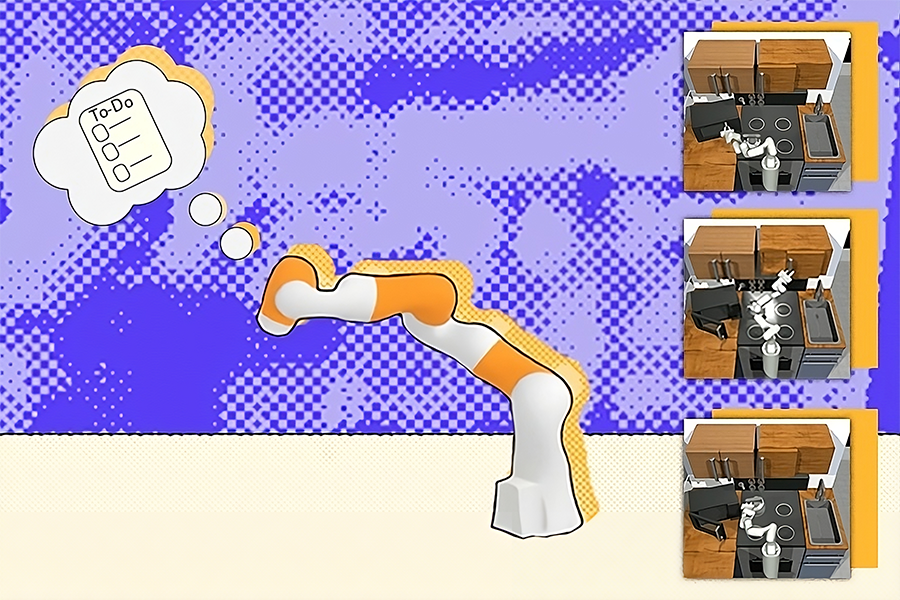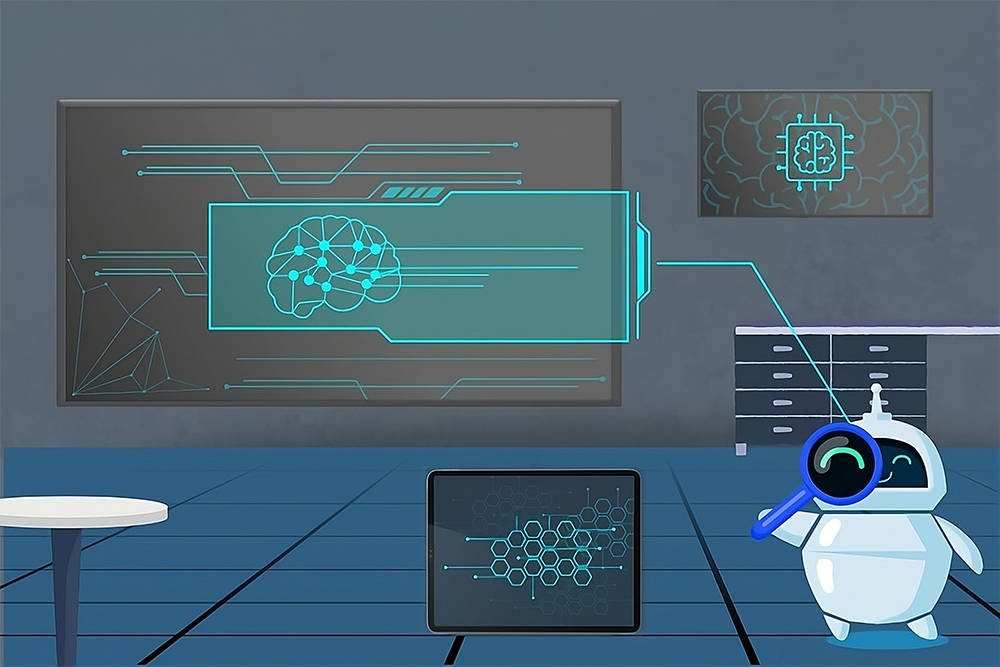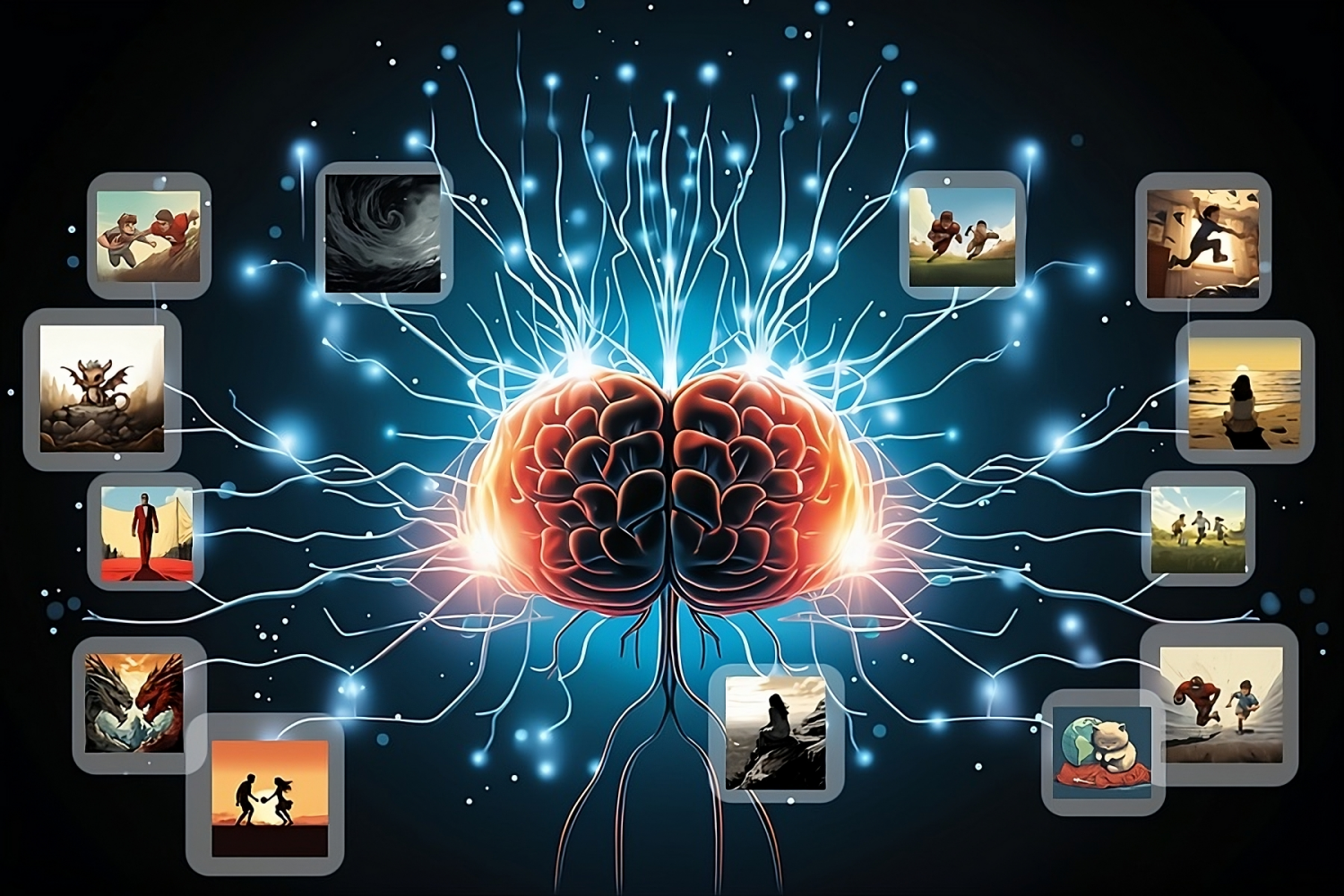-
3 Questions: What you need to know about audio deepfakes

Audio deepfakes have had a recent bout of bad press after an artificial intelligence-generated robocall purporting to be the voice of Joe Biden hit up New Hampshire residents, urging them not to cast ballots. Meanwhile, spear-phishers — phishing campaigns that target a specific person or group, especially using information known to be of interest to…
-
How symmetry can come to the aid of machine learning

Behrooz Tahmasebi — an MIT PhD student in the Department of Electrical Engineering and Computer Science (EECS) and an affiliate of the Computer Science and Artificial Intelligence Laboratory (CSAIL) — was taking a mathematics course on differential equations in late 2021 when a glimmer of inspiration struck. In that class, he learned for the first…
-
New hope for early pancreatic cancer intervention via AI-based risk prediction

The first documented case of pancreatic cancer dates back to the 18th century. Since then, researchers have undertaken a protracted and challenging odyssey to understand the elusive and deadly disease. To date, there is no better cancer treatment than early intervention. Unfortunately, the pancreas, nestled deep within the abdomen, is particularly elusive for early detection. …
-
Stratospheric safety standards: How aviation could steer regulation of AI in health

What is the likelihood of dying in a plane crash? According to a 2022 report released by the International Air Transport Association, the industry fatality risk is 0.11. In other words, on average, a person would need to take a flight every day for 25,214 years to have a 100 percent chance of experiencing a…
-
Multiple AI models help robots execute complex plans more transparently

Your daily to-do list is likely pretty straightforward: wash the dishes, buy groceries, and other minutiae. It’s unlikely you wrote out “pick up the first dirty dish,” or “wash that plate with a sponge,” because each of these miniature steps within the chore feels intuitive. While we can routinely complete each step without much thought,…
-
AI agents help explain other AI systems

Explaining the behavior of trained neural networks remains a compelling puzzle, especially as these models grow in size and sophistication. Like other scientific challenges throughout history, reverse-engineering how artificial intelligence systems work requires a substantial amount of experimentation: making hypotheses, intervening on behavior, and even dissecting large networks to examine individual neurons. To date, most…
-
MIT Generative AI Week fosters dialogue across disciplines
In late November, faculty, staff, and students from across MIT participated in MIT Generative AI Week. The programming included a flagship full-day symposium as well as four subject-specific symposia, all aimed at fostering a dialogue about the opportunities and potential applications of generative artificial intelligence technologies across a diverse range of disciplines. “These events are…
-
Synthetic imagery sets new bar in AI training efficiency

Data is the new soil, and in this fertile new ground, MIT researchers are planting more than just pixels. By using synthetic images to train machine learning models, a team of scientists recently surpassed results obtained from traditional “real-image” training methods. At the core of the approach is a system called StableRep, which doesn’t just…

